forum
library
tutorial
contact

Rising River Temperatures Put
Endangered Salmon in Hot Water
by Kevin Taylor
Aljazeera America, August 25, 2015
|
the film forum library tutorial contact |

|
Rising River Temperatures Put
by Kevin Taylor
|
Having narrowly avoided being wiped out by hydropower dams,
Idaho's sockeye salmon are now facing a new threat
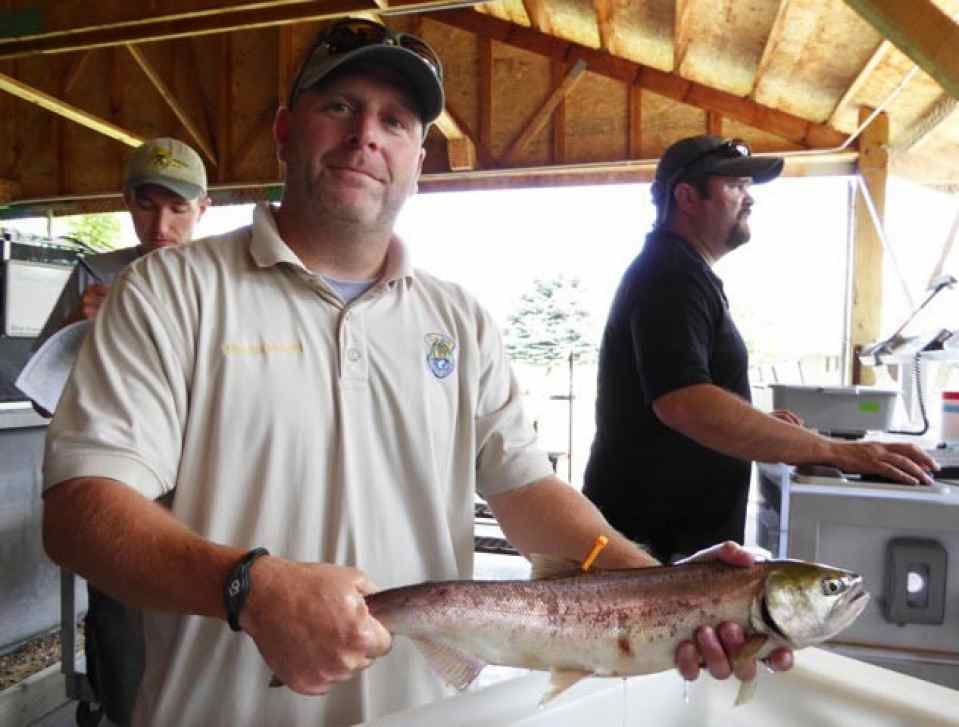 LEWISTON, Idaho -- Darren Ogden, an affable federal fisheries biologist with the National Oceanic and Atmospheric Administration, had time on his hands as July came to a close. This wasn't good.
LEWISTON, Idaho -- Darren Ogden, an affable federal fisheries biologist with the National Oceanic and Atmospheric Administration, had time on his hands as July came to a close. This wasn't good.
"It's never been this early or this bad," he said as a broad, green stretch of the Snake River sluiced and eddied after passing through Lower Granite Dam. Ogden was 30 miles downstream from the Washington-Idaho border, and was heading an emergency operation to trap however many endangered sockeye salmon still survived in the river.
Not being busy was a bad sign.
These sockeye, who rocket up into the mountains of central Idaho every summer to spawn, have been to the edge of extinction once already. Their numbers dropped radically during the burst of construction of federal hydropower dams, between the 1950s and 1970s, in both the lower Columbia and lower Snake Rivers. This summer, with their recovery still fragile, Idaho sockeye have been dying by the hundreds as rivers have warmed to bathtub temperatures. Climate scientists predict this summer's heat and drought will become the norm.
Puny mountain snowpacks last winter and a blistering heat wave in June contributed to elevated temperatures, which have impeded and killed adult salmon as they've migrated home from the cold waters of the North Pacific. Sockeye become lethargic and disoriented in 68-degree Fahrenheit waters, and temperatures not much above 70 degrees can kill them outright. They also tend to stop migrating at higher temperatures, instead sheltering in whatever pockets of cooler water they can find.
In early July, the situation got especially grim at Lower Granite, the eighth and final dam on the sockeyes' path home to Redfish Lake. For seven straight days, sockeye avoided the fish ladder, a passageway that allows fish to swim over dams, because water at the entrance was at 68 degrees or higher. After 10 conference calls that week among fish scientists and hydropower dam operators, a "fish emergency" for sockeye was declared on July 13.
Idaho sockeye hail from cold, alpine lakes, and are the only salmon species to lay eggs in lakes instead of rivers. Like all salmon they spend their adult lives -- about three years -- in the ocean, returning to the lake of their birth, primarily Redfish Lake in the Sawtooth Mountains of central Idaho, in order to spawn. Every year, they swim 900 miles inland from the ocean and thrashing against current and gravity, reach an elevation of 6,547 feet on their epic return.
This summer's crisis came in the wake of a banner year -- in 2014, more than 600,000 returning sockeye had been counted throughout the Columbia Basin. Hopes remained high when, in June, more than a half-million sockeye surged over Bonneville Dam, the first in their path. About 4,000 of those were expected to peel off and head up the Snake River, which would have been the largest return to Idaho since counts began.
Then, they largely vanished. Soon there were disturbing reports of clusters of dead sockeye bobbing in this stream or that. Dead sturgeon were found to have gorged themselves on sockeye.
After the fish emergency was declared, cold water was pumped from the reservoir of an upstream dam and allowed to flow downriver in an effort to cool the temperatures at the entrance to Lower Granite's fish ladder. Sockeye that entered the ladder were trapped, put in a tank in the back of an Idaho Department of Fish and Game pickup truck, and driven to a genetics hatchery near Boise. The idea was to spare them the remaining 450-mile uphill leg of their migration, but by mid-August, just 52 sockeye had been captured and taken on the eight-hour trip.
Swimming upstream
Before this summer, sockeye had been making an encouraging revival. In 1992, the breeding population of Idaho sockeye consisted of a single male -- Lonesome Larry -- and three females who'd returned the year before. To keep the sockeye from vanishing, Lonesome Larry was given fertility hormones and prodigious quantities of his sperm were mixed with eggs from the three females, and later others.
The following year saw an Endangered Species Act listing and creation of a captive broodstock program to further facilitate breeding. The progeny of Lonesome Larry and the nameless females have hatched by the thousands every year since, and in 2012, Lonesome Larry -- by then stuffed and on display at the MK Nature Center in Boise -- was taken on a celebratory tour of Idaho.
In five of the last seven years, sockeye returns have been especially promising. Last year, some 1,500 sockeye returned to Redfish Lake. This was far below historic levels and a long way from the number required to remove sockeye from the Endangered Species List, but it was more than in any year since 1955. Five hundred sockeye were even released from the hatchery to spawn in the wild.
Yet by mid-August of this year, the Fish Passage Center, a Portland, Oregon based agency tasked with juggling the needs of hydropower and the needs of migrating fish, reported that only 403 sockeye -- a tenth of the predicted amount -- had surmounted the Lower Granite Dam. Moreover, according to Idaho Fish and Game staffers, just 12 of those 403 sockeye had completed the grueling second leg of the journey to Redfish Lake.
Construction of the four dams on the lower Snake River in the 1960s and 70s took a toll on sockeye. And now the weather patterns that brought more rain than snow to the interior Northwest's mountains last winter and resulted in early heat waves this summer are predicted to be more common. This has created more stress for the sockeye and revived calls to breach the four dams on the lower Snake.
This summer's combination of heat, drought and decreased river flows are still unusual, but climate scientists say 2015 is a glimpse of the future. "I've called temperature and regional warming the Fifth Horseman of the Apocalypse," said Don Chapman, a former biology professor at the University of Idaho. "We are facing a future that's very grim."
After spending many years as a consultant and advocate for hydropower operators, Chapman famously began calling for the removal of dams in the lower Snake River after reading a 2004 report from the National Academy of Sciences. The report showed that Snake and Columbia river temperatures were already rising, and were especially high in the miles-long reservoirs behind dams where salmon often struggle.
Chapman argues that the dams themselves contribute to warming rivers and should be breached. "If you had no dams there," he said, "cool water would mix in the running river and be available to the fish." He says that warmer water might be the final nail in the coffin for sockeye.
Not everyone agrees with breaching, or are even able to talk about it. In 2008, the Bonneville Power Administration (which sells electricity generated from the Columbia and Snake river dams) created the Columbia Basin Fish Accords. In exchange for $1 billion in salmon recovery funding, any organization that has signed the accord -- and this includes the U.S. Army Corps of Engineers and the Idaho Department of Fish and Game -- cannot talk about dam breaching, even if only to discuss it as one of several potential solutions.
Ann Setter, lead fisheries biologist for the Corps of Engineers, insists that salmon can coexist with dams, hydropower generation and navigation locks. The corps is already working on a "permanent solution," she said, to cool the water at the entrance to the Lower Granite fish ladder. Enormous steel shields will be installed next year on the upriver face of the dam, which should help the existing pumps reach as far down as 60 feet in order to pull cool water from the depths and mix it with warmer surface water, she said.
If the rivers keep warming, Chapman wonders whether it will become more common for biologists to give sockeye rides from Lower Granite to Redfish Lake, as they did this summer. "Are we going to have to transport fish one year out of two? One year out of four?" Chapman asked.
Pete Hassemer, the anadromous fish manager of Idaho Department of Fish and Game, described the prospect of regularly giving sockeye rides to the hatchery as troubling. "We want some natural selection process to drive this recovery. We believe the fish that migrate to the lake on their own through these conditions would be the most fit," he said.
"We've come a long way in building that run up," said Stuart Ellis, a biologist with the Columbia River Inter Tribal Fish Commission. "It is a tiny run of fish, and it's worrisome every time something happens to those fish." He believes that this summer's warm water and low water conditions pose "a risk [of knocking recovery] several steps back."
Looking ahead
At the Lower Granite near the end of July, as the sun climbed steadily toward the meridian, and temperatures headed to 100 degrees, Ogden led visitors up metal stairs and along catwalks to the open-air trapping space where sockeye were diverted from the fish ladder.
It was quiet up there. The holding tanks were empty and dry. Outside, an Idaho Department of Fish and Game pickup truck was baking in the sun, its 400-gallon tank of cool water empty of fish.
Just as Ogden and others were talking about calling an end to the morning's trapping, a silvery, healthy sockeye cruised up the fish ladder and past the aquarium-style windows in the visitor center.
Quickly, valves were opened and water began to gush. When the two-foot fish slid into view, Ogden gave it a once-over and guided into a "salmon taxi" -- a sort of tortilla wrap with handles so that a struggling, slippery fish needn't be carried with bare hands. The sockeye was taken briskly down the stairs to the truck.
The pickup drove to another part of the fish ladder and loaded a second sockeye, which had arrived after trapping ended the day before, then rumbled across the top of the dam to start the eight-hour drive to the Eagle Fish Hatchery near Boise.
In a way, the truck was an inversion of Noah's Ark -- it carried a pair of sockeye in a watery bubble over dry land.
As different as their approaches are, the scientists' end goal is the same as Noah's: to keep the fish alive. The most effective way to do that is still an open question.
Related Pages:
Warm Water Wreaks Havoc on Columbia River Fish by John Harrison, NW Power & Conservation Council, 8/12/15
Sockeye Arrives at Stanley Despite Warm Water by Associated Press, Teton Valley News, 7/29/15
Salmon Dying by the Thousands in Hot U.S. Rivers by Ted Ranosa, Tech Times, 7/29/15
First Sockeye of Year Returns to Redfish Creek Despite Hot Rivers by Rocky Barker, Idaho Statesman, 7/28/15
Why Are Thousands of Migratory Salmon Dying Before They Can Spawn? by Courtney Sherwood, Christian Science Monitor, 7/27/15
Biologists Bring Sockeye into Idaho on Trucks to Get Them Out of Hot Water by Rocky Barker, Idaho Statesman, 7/17/15
Sockeye Salmon Suffer Infections in Warm Columbia River System by Rich Landers, Spokesman-Review, 7/17/15
Half of Columbia River Sockeye Salmon Dying Due to Hot Water by Associated Press, The Oregonian, 7/18/15
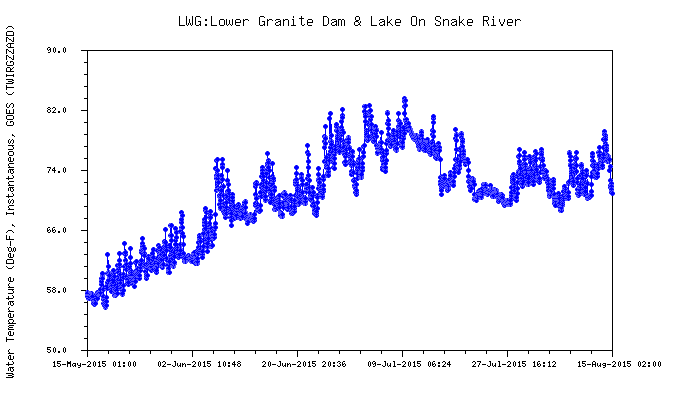
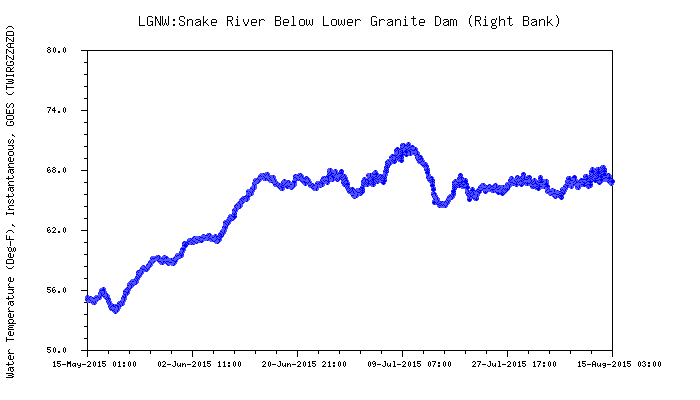
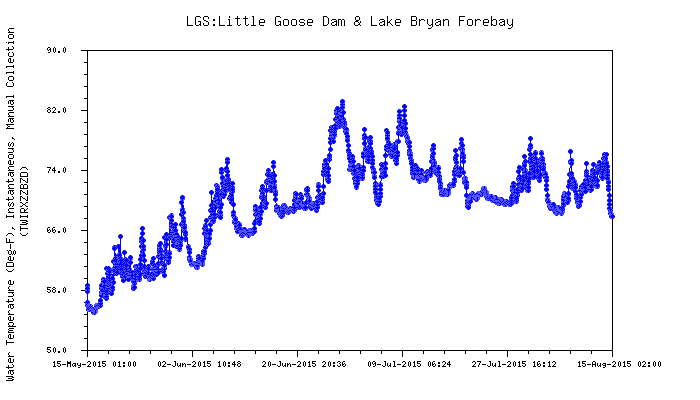
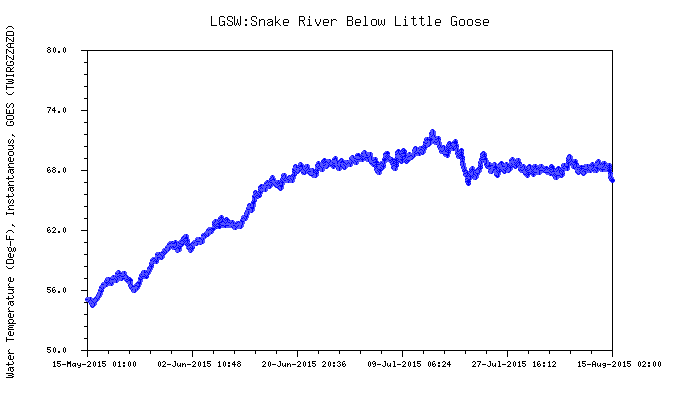
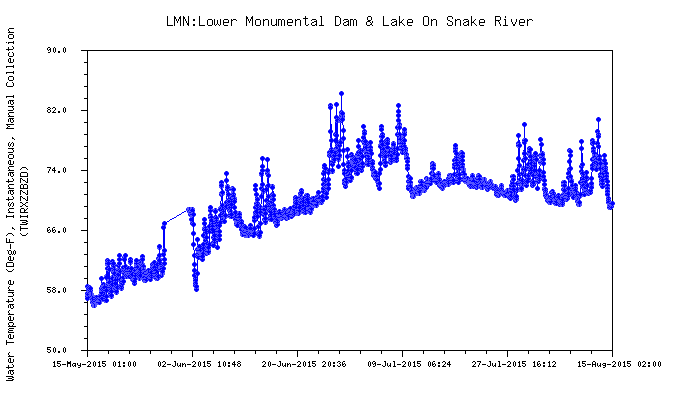
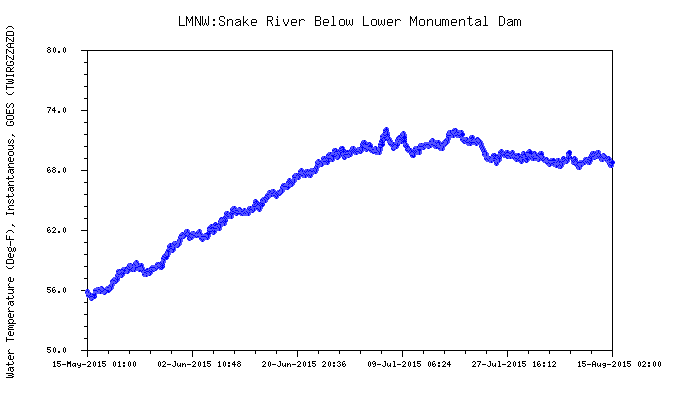
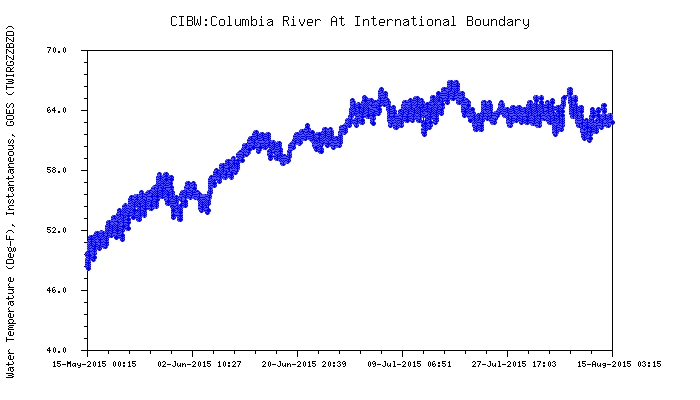
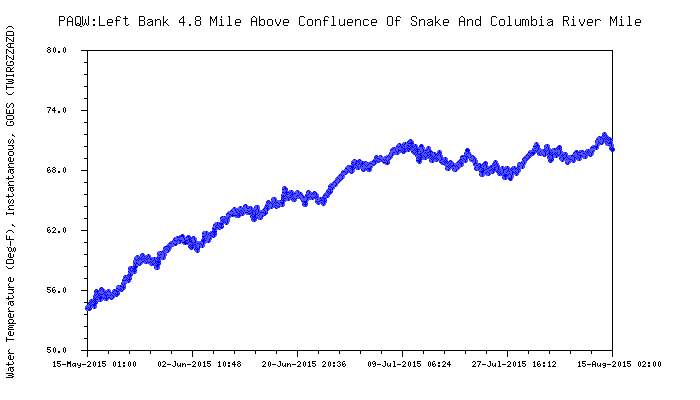
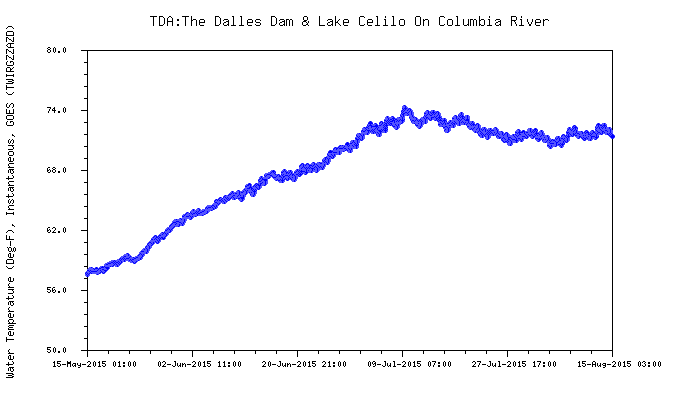

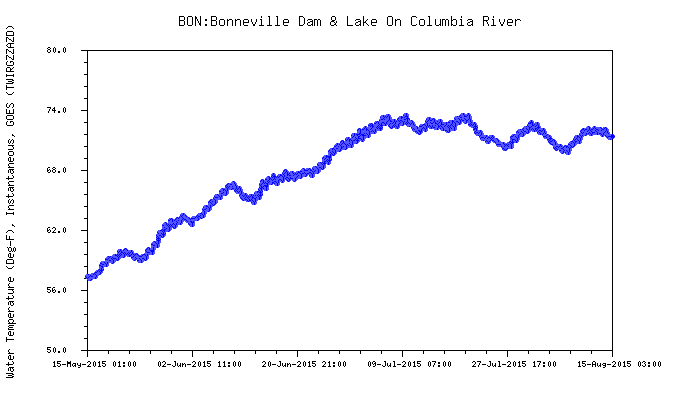
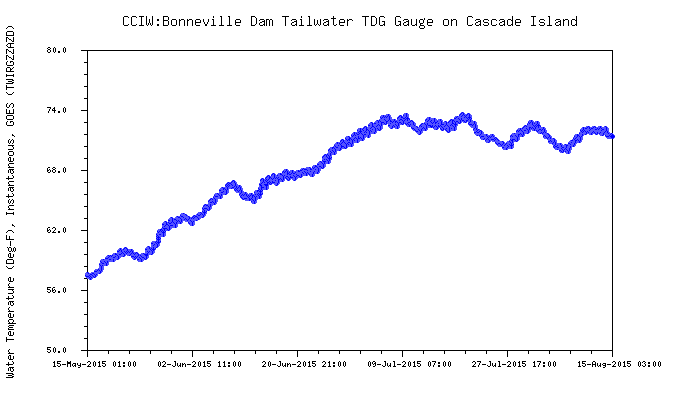
learn more on topics covered in the film
see the video
read the script
learn the songs
discussion forum
